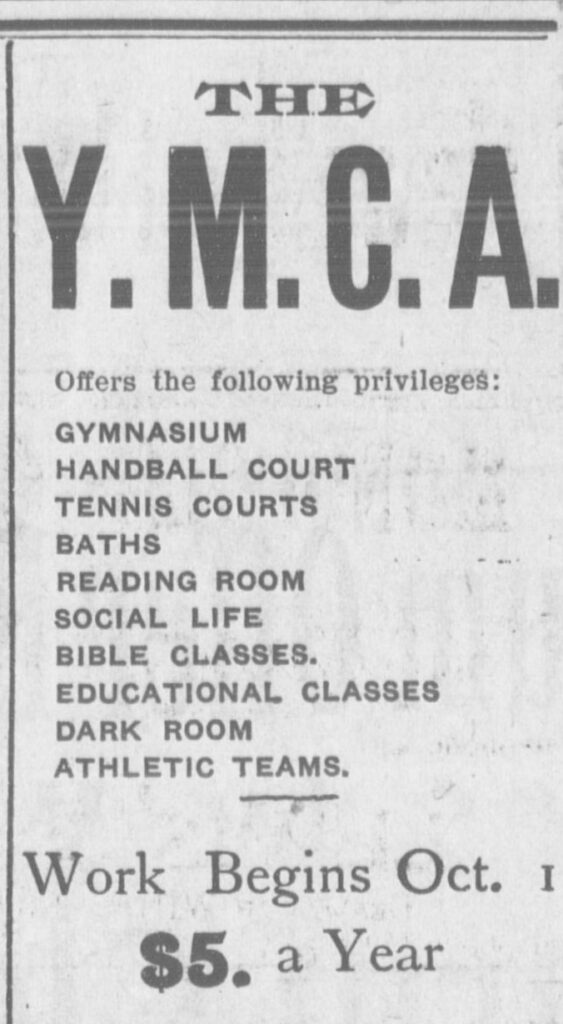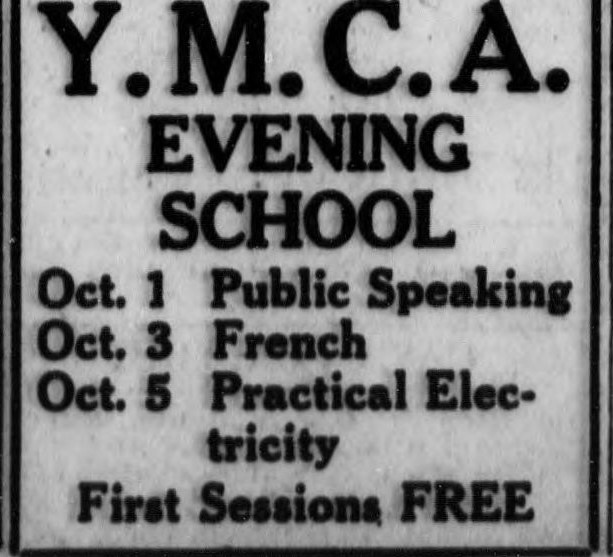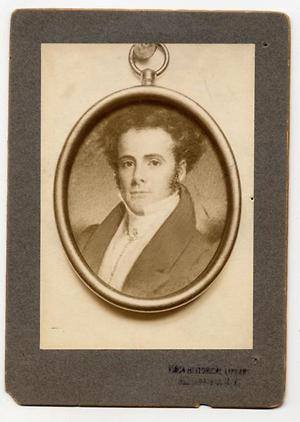Back in the 70’s I spent my life at the discotheques, and one of my favorite songs to dance to was YMCA by the Village People. A viral song that is still used today at certain functions. Meanwhile, if the organization had never come into existence, we wouldn’t have the music.
The YMCA stands for “Young Men’s Christian Association” it started as a place for people arriving in a new city or town to stay cheaply, play sports, and take classes. A place where you could make friends and know at night that you would be safe when you put your head down.
The YMCA also had a mission to help people get fit and have better health. Subsequently, some of the fitness programs today started at a YMCA. In this blog, I will run down the timeline from the start of the YMCA to today and how it started just for men but ended up assisting women as well.
This organization is for people of all ages, faiths, abilities, and incomes. No one has ever been turned away for failure to pay. I guess you could say that it is The Heart of Community Life in America! Most people are within a distance of 3 miles from a YMCA. Today 42 million families-72 million households use the facilities of a Y.
Why the YMCA Was Formed
As I stated above, the Y was formed for numerous reasons. Men needed a place to flock to when they came off a ship from work or have a place to rest and relax in wartime. They also required spiritual guidance. The workers could very easily fall into bad habits and situations that could cause their demise.
When the civil war broke out, the YMCA was there again with a safe place to rest, warm food, and fellowship.
It helped form and aid the U.S.O, and Peace Corps. It was one of the organizations that met and assisted; immigrants disembarking from the boats at Ellis Island.
It started the first night school and taught foreigners English as a second language.
Started group swimming lessons for those who needed to swim and had basketball, volleyball, and racquetball competitions.
Child care was such a problem when women started to work outside the home. During wartime women had to pick up the slack for the men who were deployed. The YMCA provided a quality and affordable solution to this complication.


Furthermore, the Y was a place where education was at the forefront of everyone using it. From cooking to exercising, all sorts of classes can be found at your local YMCA.
The ads you see here are from newspapers in the midwest in the 1950s. Some Y’s had membership fees, and some did not. Many of the courses were free, but some had a registration fee.
The YMCA Comes to Boston
Dec. 29, 1851, Sea Captain Thomas Valentine Sullivan and six acquaintances form what is to become the first YMCA in America. The Old South Church on Huntington Ave. in Boston was the site they chose. The building consisted of four rented rooms, one each for a library, reading room- and two for a gymnasium. The exercise was an essential item for them. Their thoughts on movement were that it had many healthful benefits. Lack of exercise would contribute to morbid corpulence, [ obesity ], strokes and heart attacks, rheumatic pains, and trouble sleeping. Today, we have found that we can control obesity, diabetes, and heart attacks with exercise and sleeping betters.
The new YMCA offered its members lectures, evening classes, social gatherings, excursions, help in finding employment, and they had a register of respectable boarding houses.


Sullivan produced a group mission by stating, “Meet the young stranger as he enters our city, take him by the hand, direct him to a boarding house where he might find a quiet home… and in every way throw around him good influences, so that he may feel that he is not a stranger.” The country was covered with at least 10,000 copies of this constitution, and new chapters came to life in New York City, Washington D.C., and many other cities.
A Leader in Sports
The “Y” has always been a welcome place for all. It started as a man’s place of gathering and later served women as the YWCA. I stated earlier that exercise was a strong point for the “Y”. The men who went there played many sports and became quite proficient in them.
They trained men to do gymnastics, bodybuilding, volleyball, and basketball. In the late nineteenth century, they built the first indoor swimming pool- and instituted a learn to swim program.
Furthermore, the name “Volleyball” was first used in 1896 at an exhibition at the International YMCA Training School in Springfield, Mass. Volleyball was a game made up of putting some aspects of basketball, tennis, and handball. 1922 was when the YMCA held its first national championship of the game.
Softball, a trendy game for all, and later even a game the women would participate in, was given its name by a motion of Walter Hakanson of the Denver YMCA. Softball had been played previously under different names such as; kittenball and even sissyball. The “Y” would even go as far as helping establish some of the rules used today. In 1933 the first Amateur Softball Association was formed, and the Denver YMCA team participated. The game was held in Chicago.
Learning how to bo for self defense was also a class held at the “Y”. Furthermore during the Great War, The U.S. Armed Forces appointed the YMCA to help train American soldiers’ how to box. After the war some of the participants that trained at the “Y” competed in amateur boxing matches.

The last sort that I will cover is swimming. Once the pools were added, it seemed like everyone wanted lessons. Many people at the time lived around ponds and lakes and didn’t know how to swim, and it could be hazardous if they fell in. Around 1906 George Corsan developed a course for mass swimming lessons. He was located at the Detroit YMCA. By his instruction, he started with the crawl stroke {such as dog paddling. He taught this on land first to help build confidence. Before he started teaching, pupils were shown in the pool itself, and many got so frightened that they never learned to swim. When taught in the pool first, the crawl was never shown till later. Corsan gave out buttons as a boy progressed and swam up to 50 feet. He would attempt a campaign in 1909 to teach every boy in the United States and Canada to swim. Swimming was a great form of exercise, and was one of the most popular classes.
By 1932 there were more than 1 million swimmers a year at the YMCA, and by 1984 it was declared that YMCAs were collectively, the largest operators of pools in the world. A man named George Goss wrote the first handbook on lifesaving. A YMCA board member who in the early 1900s propelled the Red Cross to include lifesaving; instruction in its disaster and wartime services program.
A Worldwide Organization
Since the start of the YMCA, it has brought comfort, instruction, health, and fellowship to so many. Moreover, it became so popular with the men; that women later started their own chapters as the YWCA. They have always been there whenever needed. During wartimes, the “Y” helped give assistance where it was needed, by feeding, taking care of the sick, and even providing child care. Interesting fact, today’s YMCA movement is the largest not-for-profit provider of child care,and is larger than any for-profit chain in the country.
They made sure that America would have a place to exercise. They held classes to teach people to read, write, and learn English as a second language if they were immigrants.
Over 120 countries have established YMCAs; that benefit the well-to-do and the people from the poorest regions.
As a child, I never got the chance to go to the “Y,” because my town didn’t have one. I feel like I have missed out. If you and your family are fortunate to have a “Y”, become a member, make new friends, learn something new, and support an organization that only wants to help others!
Thanks again for reading my blog, and remember that history that is forgotten is repeated!
